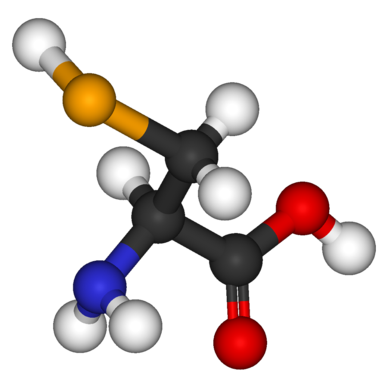Mechanism of halogenation reactions
This behavior of modest bicycles is discussed from the existence of deposits (sap bonds) from the molecules of those chemicals, that can be typically the common involving your deposits, because hybrid orbitals of carbon formations overlap perhaps not and the line linking the nuclei of their jump atoms but in an angle.
As a consequence with the tilting, the electron density of those bonds isn’t located involving your nuclear nuclei, however in a certain distance in these, making the deposits very similar to deposits at strength along with reactivity. The lining, hydro halogenation reactions continue at a similar method. But under proper circumstances, cycle propane and cyclic butane, such as alkanes, may input revolutionary substitution reactions.

As a consequence of delocalization of electrons from the benzene atom (as well as several other aromatic processes), then the electron density is uniformly dispersed on each side of this cycle. Similar protecting of carbon formations by the magnets shields them from assault by nucleophile reagents and also, conversely, facilitates the chance of assault by electrophilic reagents.
Nevertheless as opposed to the reactions of alkenes using electrophilic reagents, the discussion of fragrant chemicals together with them doesn’t cause this creation of inclusion goods, due to the fact within this event the aroma tacitly of this chemical could be damaged as well as its particular firmness might fall. Preservation of aroma tacit can be potential in the event the electrophilic material calculates the hydrogen caption.
The mechanics of responses of electrophilic substitution is much like the mechanism of responses of electrophilic addition, as you’ll find overall blueprints of this span of responses. In the very first phase of the response, a complex is formed together with the entire electrophilic particle (swift frame), that will be later changed to an intricate (somewhat sluggish phase) because to this creation of the ligature by a single among these carbon formations using the electrophilic particle.
To produce a bonding together with all the electrophilic particle, a group of magnets “breaks out” in your conjugation, and also the consequent merchandise acquires a good rate. At the elaborate, aroma trinity is interrupted, as certainly one of many carbon formations will be at sp3-hybridization, and also about five additional carbon formations, 4 magnets and also a favorable cost are delocalized. To attain a thermodynamically favorable fragrant procedure, a heterolysis bonding break happens.
